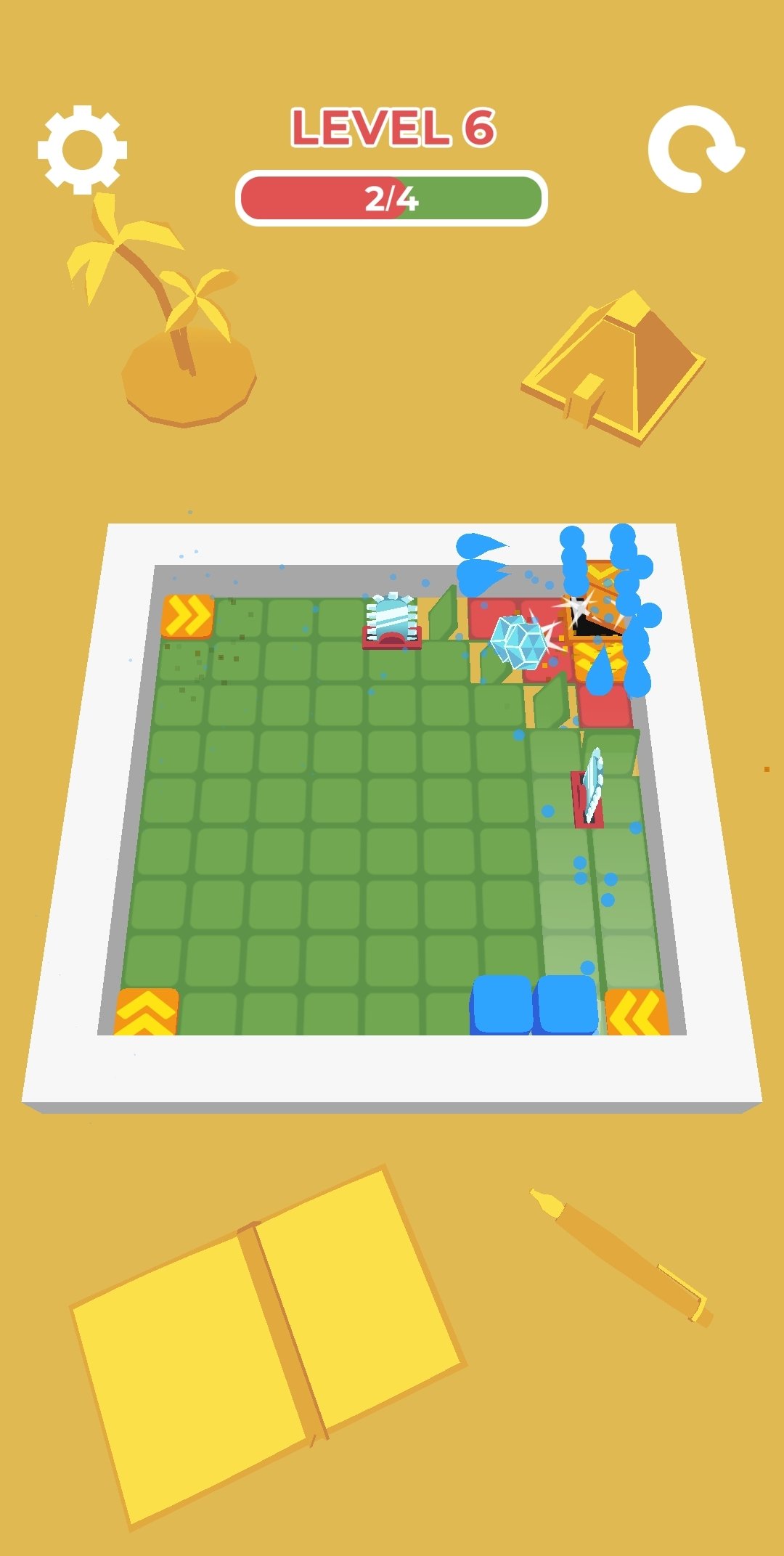

SUPER SLICER 3D UPDATE
Mars C: Latest Firmware V4.4.1-F2.14-link 1 or link 2 - Google Drive Update log: Compatible with Chitubox Pro and Chitubox 1.9.0Ģ.Caution: Please make sure whether this firmware matches your printer, wrong update across different printers may turn it unusable. Update log: ①Hanging printing: Mainly fixed the problem of ② Delay of turning off the lights on the first layer: Mainly fixes the problem of ③ Compatible with Chitubox Pro and Chitubox 1.9.0 Latest Firmware V4.4.3-F2.13-link 1 or link 2 - Google Drive (Only for C version motherboard) If you are new to 3D Printing, and Cura, or Prusa seem too overwhelming, and you feel like giving up as I once did do to the complexity of the main slicers out there, please give Slic3r a try.Firmware for A version motherboard: V4.2.20.3_LCDE 1440X2560 F2.9-link 1 or link 2 - Google Driveįirmware for B version motherboard: V4.2.20.3_LCDM 1440X2560 F2.9-link 1 or link 2 - Google Drive
SUPER SLICER 3D CODE
As soon as I find out who truly holds the code for this, I am going to reach out to them to see if there are any plans for a future release. While this comment section has not been updated in months, it's great to see people still interested in slid3r.
SUPER SLICER 3D FREE
They would make slic3r hands down the best free slicer program. One of the settings that it's missing and to be honest, should have been there from the beginning is Z Hop, and some additional Retraction settings. While I would love to see some new work done on slic3r, perhaps a couple Addons to add some additional functionality. It's very difficult to become overwhelmed with slic3r as apposed to Prusa, Cura, and Super Slicer. It's also in my opinions the best slicer for someone new to 3D printing. It's not bogged down with a ton of features that most people will never use. I enjoy using this as my goto slicer because it is simple. My understanding is that Prusa now is the Custodian of the slic3r Code. It's a shame that Slic3r was last updated in 2018. Now your done with the print settings tab! Then leave the "Interface Pattern Spacing" to 0 mm and the 'Don't Support Bridges" box checked.

All 3D printers are different though, so you'll have to experiment with yours. I always put the "Interface Layers" to 1, because the supports are easier to remove. Leave the "Pattern Angle" at 0, unless you want rotated supports.

The pattern spacing should be around 2.5 mm. The best all around support material pattern is pillars, but if you need a lot of support, go with honeycomb. On the "Options" panel change the pattern to the best choice for your model. Skip past the "Raft layers", as we'll cover that later. Also leave the "Enforce Support for the First" to 0 layers. Leave the "Overhang Threshold" to 0, as Slic3r is pretty good at detecting what areas need supports. To set support material in Slic3r, click on the "Support Material" tab under "Print Settings", then click the check box to enable it. To fix this, you can print the supports, usually thin pillars, to give the printer something to build on top of. 3D printers cannot extrude filament into the air, because it would of course droop and the model wouldn't print correctly. Without it, you would only be able to print models without any overhangs. Support material is very important in 3D printing.


 0 kommentar(er)
0 kommentar(er)
